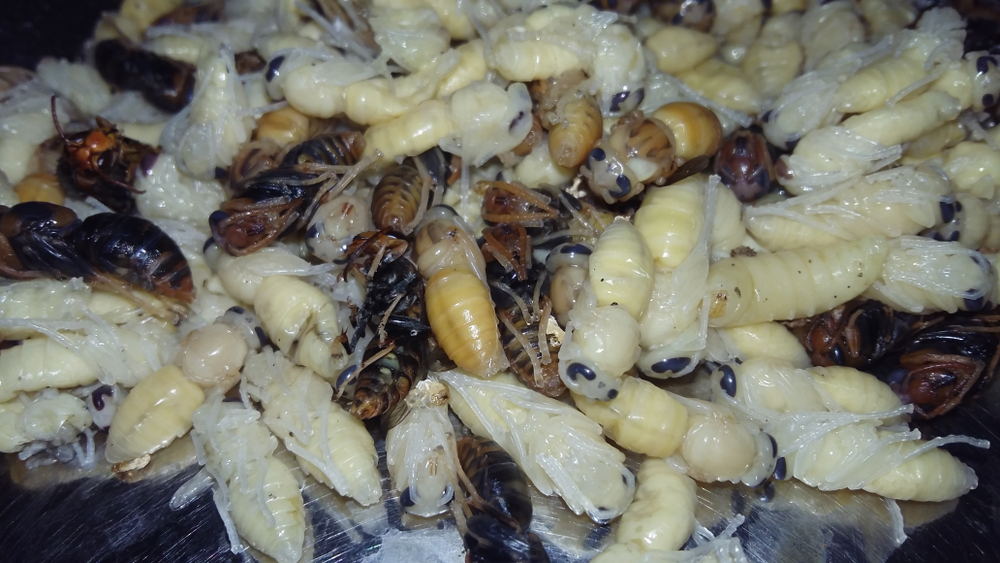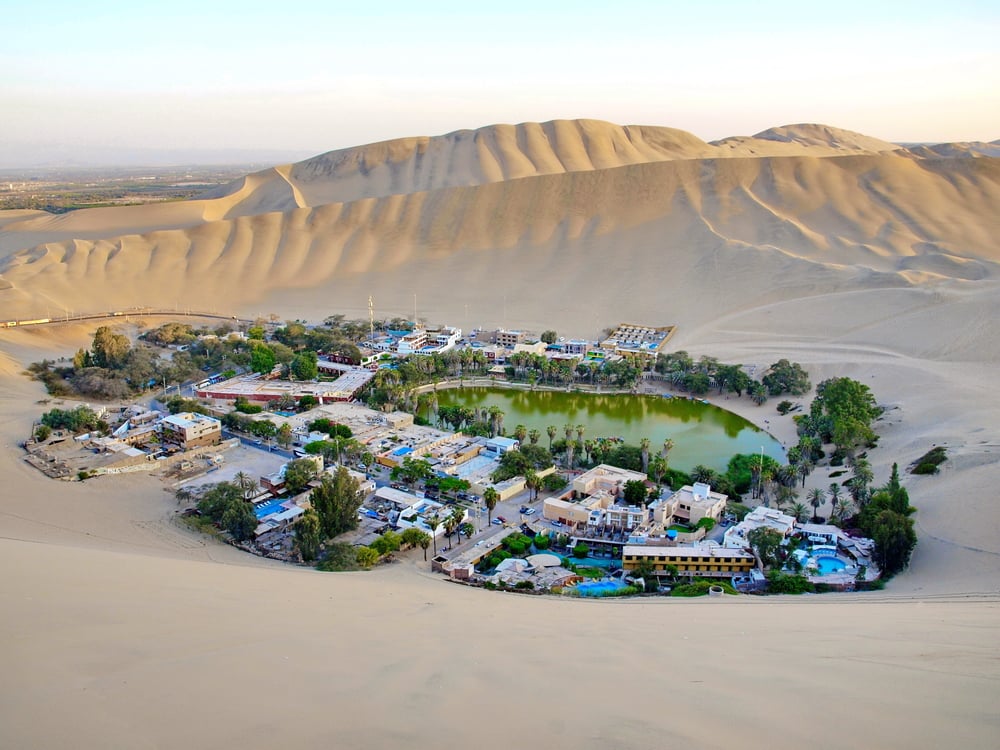Throughout the world, there are many strange delicacies and people are increasingly making food a central part of their holiday plans. One country that has a unique and oh-so-tasty cuisine, is Japan. Whether you travel for the gyoza, the ramen, the karaage chicken, or the sake you are sure not to be disappointed. However, if you leave the bustling cities and head for the countryside you have the opportunity to try something that can’t be found anywhere else, something with a real BUZZ.
In the countrysides of Japan, many people still eat wasps! The practice has been around for hundreds of years and although it is losing popularity in these modern times there are still pockets of Japan where people are passionate about bee cuisine.
Eating of wasps and other bee-related foods used to be very common across all of Japan but as the country continues to change so too do the traditions. Bee eating has died out in most areas of Japan now but can still be found. The most well-known place for bee eating is Gifu’s Ena district and a village called Kushihara. The only time of year these bee treats are available is in November. This is far earlier than cherry blossom season so you must prioritize what you want to get out of your trip to Japan if you are planning an adventure.
One of the delicacies eating is wasp larvae. Picture a small white grub, larger and fatter than a maggot but similar in appearance. These are highly sought after in many pockets of Japan as they are seen as a delicious treat. The larvae are light and creamy and people eat them as they would sweets. Well, with the exception that most treats are not eaten alive while larvae are.
Since 1993 there has been a special festival in Kushihara called the Kushihara Hebo Matsuri. Hebo is the Japanese word for two types of wasp that are known to be relatively docile in comparison to the more aggressive wasps that we are familiar with. On the first Sunday in November people bring their nests to the festival to determine who has the heaviest and best collection. At the festival, you can also buy some full nests to take home some wasp larvae or you can just buy the wasp related food items at the festival itself. It is common to leave the festival with a couple of wasp stings so you should only go if you are willing to earn your meal by taking a few stings.
The celebration is the culmination of months of hard work for the locals. The process of growing a nest begins far earlier. Locals will hunt bees to find a nest, once captured they will then raise the nest to try and produce as many larvae as possible. If hunting bees sounds like tricky work, it is. The locals put a trap in place, a piece of fresh fish. When the bee comes for a taste they leave with a long white marker stuck to them, the hunters then follow the bee back to its nest. This is not easy as bees can cross full-flowing rivers, climb high over trees, and cross entire valleys without any effort.
Yet judging from the festival, it is all worth the effort. You can see people eating not only larvae but large crunchy wasps as well. These are Japanese giant hornets and they are not docile in the slightest, but the bigger the risk, the bigger the reward, and the snacks are highly sought after. If you do find yourself in Japan and hear a bee buzzing around you, perhaps try following it. You may find a lovely snack at the end of your chase.





